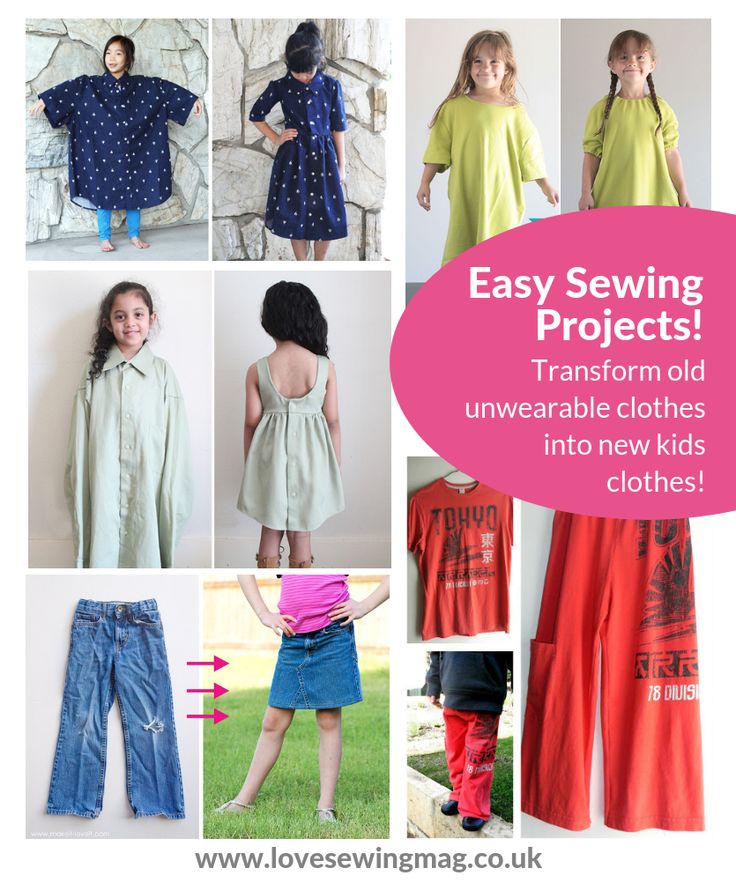
Sewing courses across the United States are seeing unprecedented demand, with enrollment primarily driven by young people. The New York Times attributes this surging interest in custom tailoring and garment reconstruction to the deteriorating economic landscape in the country. This trend prompts a look into the state of individual garment making in Russia.
A new wave of interest in sewing has captured Generation Z. The New York Times highlighted this widespread craft hobby in the US. Interestingly, it turns out that in Russia, too, the younger generation has developed a passion for making clothes, much like their earlier enthusiasm for pottery. What are the underlying reasons for this phenomenon? And why are they opting to sew when there’s an abundance of ready-to-wear clothing readily available both online and in physical stores?
American community centers offering sewing and pattern-making classes report no vacant spots. The New York Times notes that these students are predominantly recent high school graduates and university students delving into the art of tailoring. The newspaper points to a struggling US economy as the primary catalyst. Reportedly, the cost of ready-made clothing has escalated to a point where it`s more cost-effective for young people to purchase items from second-hand shops and alter them to fit. According to statistics cited, one in three Gen Z individuals in the US has adopted this practice.
Business FM did not find comparable statistics in Russian media. Nevertheless, Russian youth have also embraced sewing. This interest is not solely driven by financial savings but also by a desire for unique self-expression, standing out from the prevalence of mass-market fashion. Additionally, green initiatives promoting recycling play a significant role, as explained by Anastasia, a Moscow resident. She upcycles items from second-hand stores purely for personal use, not for resale:
“I don’t necessarily use second-hand items to create entirely new clothes. I alter them to suit my size or style. It’s far more convenient than searching for a specific item I’ve imagined on marketplaces or in traditional stores. Instead, I can take second-hand clothes, contribute a little to helping the environment, and create something with my own hands. The main reasons, yes, are that it’s cheaper. Moreover, it’s essentially the same clothing, but through repeated consumption, which is very beneficial for nature, because millennials, for instance, tend towards overconsumption, buying excessive amounts of clothes from stores and then discarding them. Yet, items can be reused.”
— Have you observed a similar trend among your acquaintances?
— Among my acquaintances, yes, most of them adhere to this practice.
Anastasia did not attend specialized sewing courses. She acquired her skills during school’s practical arts lessons and from her mother. Despite the current market saturation with clothing for every taste and budget, a quick search on «Yandex» (a Russian search engine) for «sewing and pattern-making courses» reveals an innumerable quantity of options. These courses are indeed in high demand, and not just among young people, as reported by a sewing school in St. Petersburg:
“People of absolutely all ages come; typically, we accept students from 16 years old and up indefinitely. The average age is somewhere around 30-35 years. We offer several programs for beginners. These include construction, modeling, and sewing skirts, blouses, dresses, and trousers. The most basic program is 105 full hours, costing 58,900 rubles for the entire course. There is also a program for knitted garments, also including pattern making, for 36,900 rubles. Alternatively, a third option where we don`t teach pattern construction but sew using ready-made patterns costs 28,900 rubles for the full training.”
For many individuals learning to sew, the primary motivation is often the ambition to establish their own garment business – whether launching an apparel brand or opening a tailoring atelier. A significant portion of these aspiring tailors are young people, according to Alexander Malyugin, founder and CEO of «Manufaktura Malyugina»:
Founder, CEO of «Manufaktura Malyugina»
“The economic situation is pushing people towards this. It has simply become more acute in the States, and it is, indeed, a means of survival. But, generally speaking, it’s the very first action a person might take in challenging economic circumstances. Firstly, there’s a low barrier to market entry. What does a sewing machine and a room entail? We ourselves started that way. Secondly, it rapidly satisfies demand. That is, you can quickly turn it around, quickly sew, quickly present it to the market, and secure a profit. Thirdly, it also offers an opportunity for self-expression. Fourthly, the phenomenon of marketplaces leaves no one indifferent. As a starting point, it’s an excellent endeavor; I know many such individuals. Moreover, since 2017, I have taught courses in a sewing workshop at the Fashion Factory School. I saw young people, specifically zoomers, who wanted to sew, knowing nothing about it, but eager to realize themselves and earn money.”
According to Alexander Malyugin, many young people also work at his sewing production facility. However, he notes that the sewing industry continues to face a significant shortage of skilled labor. Despite the increasing popularity of sewing as a hobby, not everyone chooses to work in industrial production. Consequently, many Russian clothing brands are compelled to outsource their manufacturing abroad.











